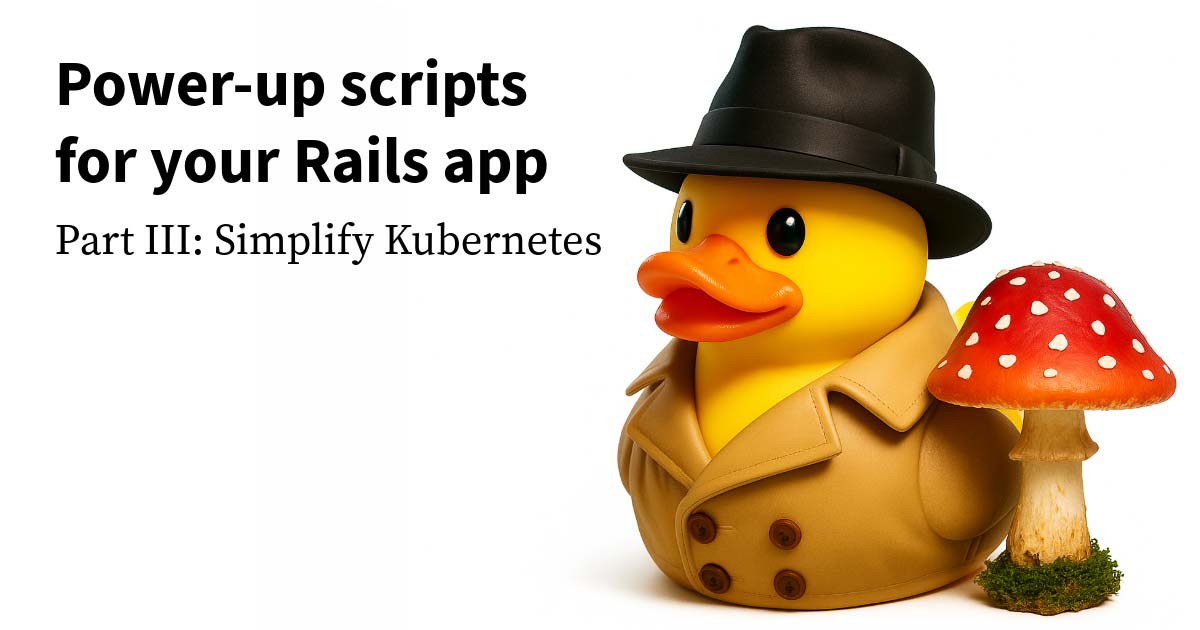Stop negotiating salaries.
Test Double recently broke away from the tech industry by discontinuing the biased practice of negotiating salaries and have narrowed existing salaries within salary bands. Women and People of Color tend to ask for and receive less money, resulting in large disparities in wealth between them and white men over time.
My HR heart is full when I run salary reports that show people of all genders, colors, and backgrounds make the same money for the same job. This has done wonders for simplifying our reporting, budgeting, and forecasting but more importantly, people are being paid equitably. Here’s how we did it and why I encourage you to do it, too.
The problem
Let me first say equity, diversity, and inclusion (EDI) is a journey. We have taken some very interesting and unforeseen turns on our adventure.
As TD grew, so did the need to ensure equitable compensation practices. We just weren’t sure how to make it happen. We already didn’t ask for candidate salary histories. We considered removing names and genders from all salary offers, but it’s obvious who we’re interviewing and making offers to. Someone suggested posting all of our employee salaries online.
But that didn’t actually change our systems and several folks messaged me privately to communicate that they were not comfortable publicly disclosing their salary as they have family members and friends whom they do not want to share those numbers with. There are many valid reasons for wanting this info kept private. One demographic harmed by publicizing individual salaries are folks from low socioeconomic backgrounds, whose friends and family may be more likely to treat them like lottery winners, asking for cash.
We had an additional hurdle; all of our software consultants had the same job title. This worked when we were small. But as we grew, we came to understand that we had a wide range of skills and compensation levels all classified in the same bucket. As we worked toward improvement, we realized just how inequitable our systems were.
When these systems were initially created, we thought we gave everyone a fair deal upon hire. Our salaries were largely dependent on 3 factors: how skilled and experienced someone was based on interview results, their geographic location — we’re a remote-first company — and how well salary negotiations went. This is the industry standard. As we learned more about EDI, we came to realize just how bad the standard is.
Let’s break these down:
- Skill determined at interview: Interviews are times of high stress with tremendous power imbalances between interviewer and candidate. This imbalance is only more pronounced when the candidate is a woman or person of color which all too often translates to lower initial salary offers.
- Location: This works in your favor if you live in an expensive area. But poorer areas stay poor when people make less, thus having less buying power in their communities. Yikes!
- Negotiations: I pick on white men here, but the truth is we are all biased. In tech, folks are more likely to be interviewed by white men. White men tend to be biased in favor of other white men whether or not they realize it. They also tend to be biased against women, especially Black women, even if Black women negotiate like men … Fun.
Employees have always been welcome to share their salaries if they so desire. Something we didn’t fully realize until we started making changes is that having the same job title and wide salary ranges set up a system that gave employees a false sense of value. If you make more, you assume you are more skilled than your colleague. If you make less, you assume you are less valuable to the company. Neither is necessarily true as is evident in the criteria above.
The solution
One of the first steps on our EDI journey was to make our candidate screening process more fair.
To decrease bias, we designed a rubric-based system in which all candidates are asked the same questions. Then about a year and a half ago … maybe more … time is hard during a pandemic … several of us read What Works: Gender Equality by Design by Iris Bohnet. I’d read about gender equality before, and this one is by far my favorite book on the topic. Bohnet packed so much useful information into one book and it got several of us thinking and collaborating in ways we hadn’t before. With that came change.
But before we could create equitable salaries, we needed to first address corresponding systems.
Here’s what we did:
1. We created job titles with responsibilities and expectations for different skill levels.
What works: This sets the stage for a career progression path and equitable salary bands. Project placement and interviewing became less cumbersome since it is now clear what skills are filled and needed. New hires feel comfortable and confident in their roles.
Lessons learned: It is by far easier to hire someone into a job title than to give the majority of employees new ones. Not all managers fully understood the process. This resulted in inconsistent titling by managers that needed to be corrected. People were also nervous about where they would end up at the end and we didn’t have answers initially. This added stress to some of our employees.
2. We created a career progression path.
What works: This increased opportunities for upward mobility within the company and made these opportunities known to all employees. HR equity reporting is much easier, not only in tracking job titles, but also tracking the demographic diversity of those who do advance. This allows me to track equity and to investigate and solve issues when inequity appears.
Lessons learned: We’re still learning and continuing to provide clarity here. This put a few folks on hold for advancement as we figured out the promotion process details. This was understandably frustrating for folks who felt like they were ready for promotion. It’s still not perfect, but our promotion process has vastly improved since our launch and will continue to do so.
3. We created equitable salaries.
What works: HR can run salary reports that clearly show employee diversity demographics have no bearing on salaries. This is HUGE. White men trust they are going to get a fair deal, because statistically speaking, they always do. Everyone else requires proof of equity. The offer stage of interviewing is more transparent, consistent, and equitable without back and forth negotiations.
Lessons learned: 1 and 2 had to be accomplished in order for this to be achieved. It took us over a year to accomplish this. Back to that false sense of value we created with the old system — it can be tough when your coworkers who used to make less, start catching up to you. Even if your salary increases significantly, it can be hard to know for certain that you were previously underpaid.
Where we are now
For any naysayers wondering if we lowered salaries for white men: we did not. We also didn’t decrease anyone’s salary if it was above their new band. Everyone received salary increases last year, many folks more than one, until salaries narrowed considerably within bands. Equity uplifts everyone.
Near the end of our journey to go from wide salary ranges to narrow ones within bands, as HR, I drove our Talent team bananas. They got grilled if two new hires of the same job title had a thousand dollar difference in their starting salaries. Old habits are hard to break, especially when candidates want to negotiate. It’s hard to break away from the standard, even if the standard is harmful.
Have we lost great candidates because we no longer negotiate salaries? No. We came close once, but the candidate chose to become an employee when recruitment explained why we no longer negotiate salaries. It takes time and effort to explain why we do what we do. But transparency in the recruitment and interview processes is a great way to draw in the folks who would add value while allowing folks who would erode our culture to opt out.
Test Double values inclusion. We’re proud of the progress we are making and are looking forward to hiring more awesome people to help us go even further on our EDI journey.











